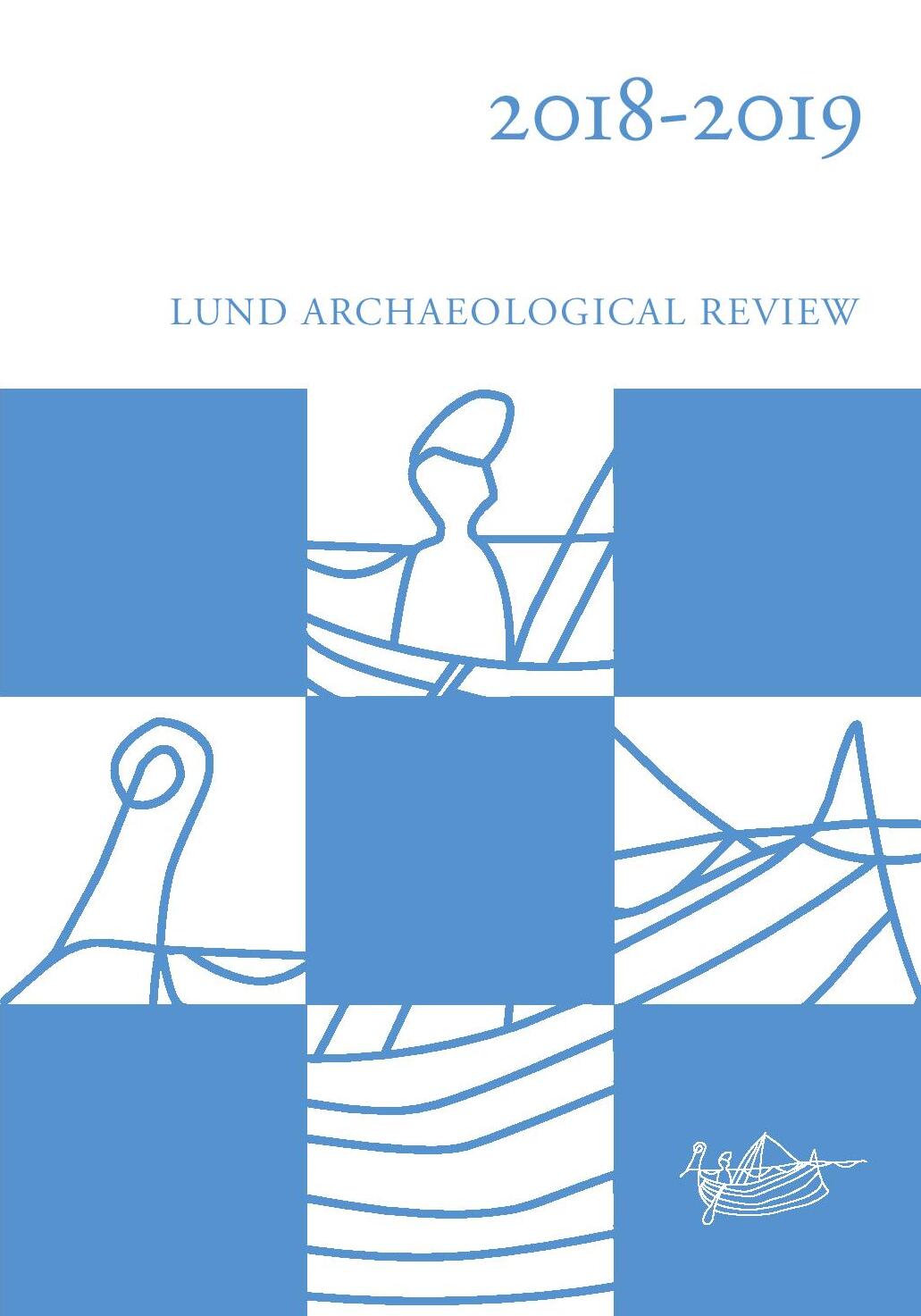Ceramic Transition and Actor-Network Theory
The Gyllenkrok House, Lund
Abstract
During the 12th and 13th centuries the pottery assemblages in Scandinavia changed from hand-formed into wheel-thrown pottery. This transition has not caught much interest among scholars and has usually been explained with economic and functionalistic perspectives. Using actor-network theory, as applied by Astrid Van Oyen, this paper discusses the problem of how and why this ceramic transition happened. As a basis for discussion the case study of a high-status house in Gyllenkrok, Lund, is used. Here the pottery changed entirely following the construction of the house. By isolating ancient knowledge systems, i.e. actor-networks, different processes within this complex transition can be subjected to discourse. This paper draws from cultural hegemony, emulation and entanglement theory to open up the black-boxed knowledge systems, and considering that the household in Gyllenkrok only acquired about two new vessels each generation, I argue that the household inhabitants were passive in this process.


